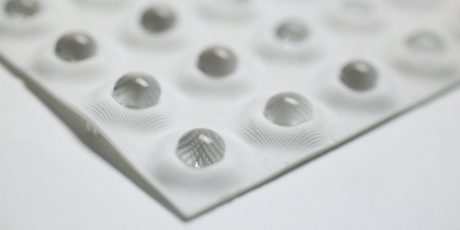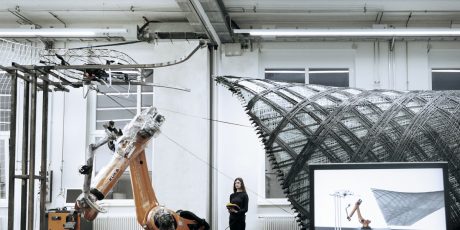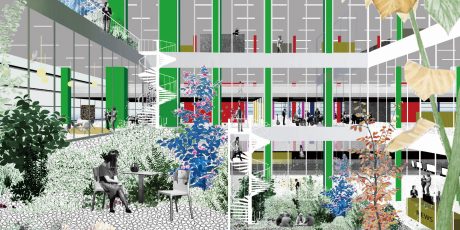Interviews Computational Discourses, Commentary 01: ICD, University of Stuttgart

a+u: Generally speaking, how do you use computational design?
ICD: We aim to tap the full potential of digital technologies in order to explore a novel computational material culture in architecture, which goes far beyond the mere digitalization of established design methods and the automation of existing building processes by seeking truly integrative computational design and construction. Forging new alliances between the fields of design, engineering and natural sciences, we conceive of digital technologies as catalysts for a new understanding of materiality in architecture, which is no longer seen to be a fixed property and passive receptor of preconceived form, but is transformed into an active generator of design and an adaptive agent of architectural performance.

a+u: How are you expanding upon what you have done?
ICD: At the center of our research lies the notion of co-design, which we define as the concurrent and feedback-based exploration and advancement of computational design methods, robotic fabrication processes and emerging material and building systems. In the first decade of our work we explored this approach primarily through research pavilions. In the next few years, we aim to expand this overarching co-design methodology significantly towards more common architectural typologies, as for example multi-story buildings, in order to contribute to addressing the severe ecological, economic and social challenges that architecture is facing.

a+u: How would you describe the mess in your workplace?
ICD: We strongly believe that scientific rigor can greatly contribute to design creativity. Both in design and in science the path towards a specific solution tends to be convoluted – even if the convolutions are typically of a different kind in both domains – but it is rarely messy. Accordingly, we embrace a workplace culture that reflects this situation: a place full of latent design possibilities to be uncovered and of genuine intellectual diversity, yet maintained with a high level of systematicity. At least, that’s the idea – in reality, the occasional major cleanup is required!
Read further here.






